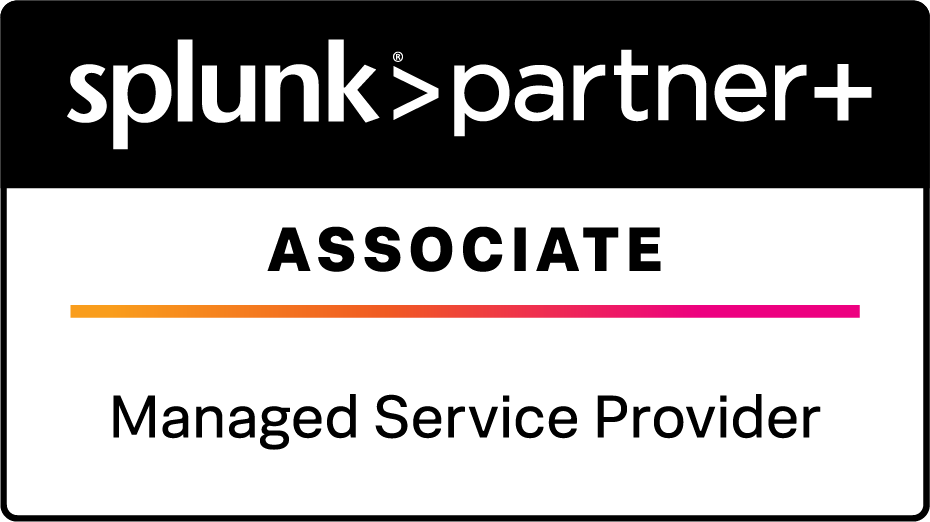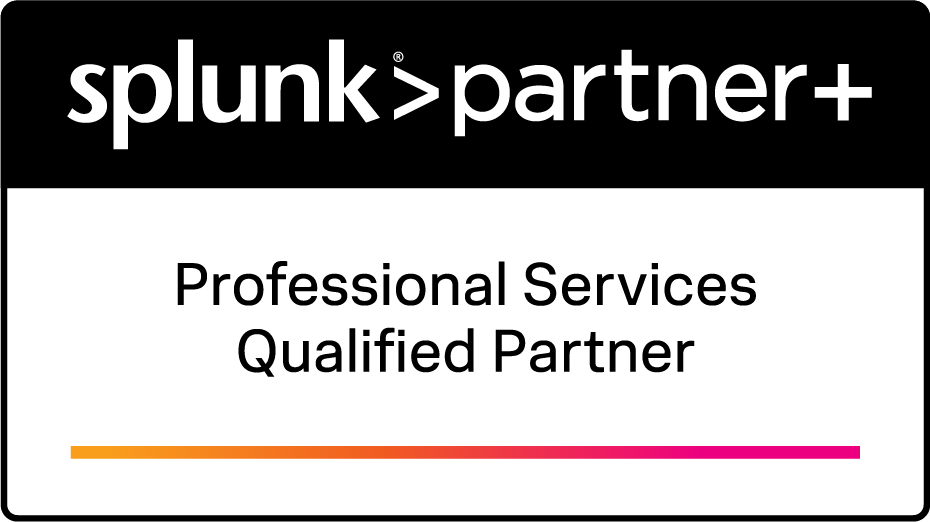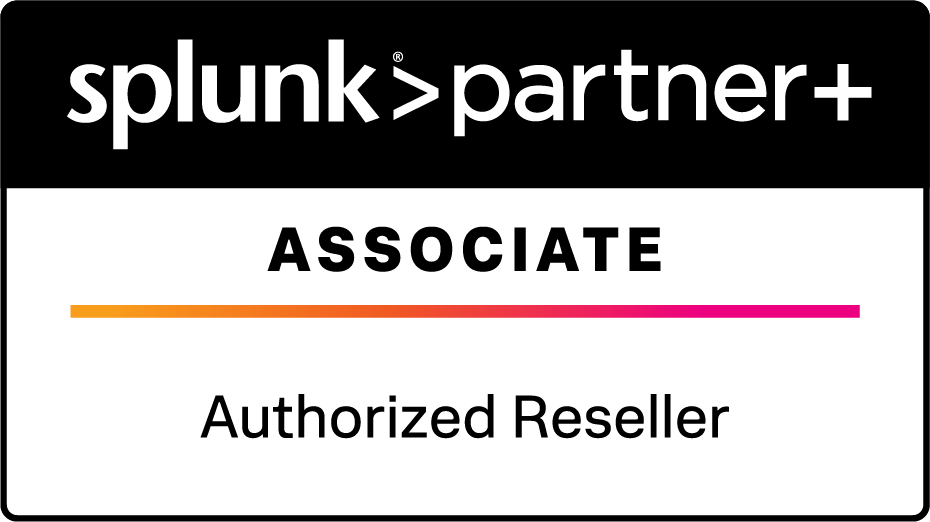Enterprise Logging and Monitoring
At APIAGNE we enable Enterprises with secure, fast and scalable solution by monitoring critical log data in Real-Time which in turn helps businesses in Troubleshooting and proactive monitoring
Enterprise Security Monitoring
Experience powerful, efficient threat detection and response through security analytics from APIAGNE Enterprise Cloud Security Monitoring
IT Operational Intelligence
Gain Holistic Insight into IT Operations and Security with Real-Time Operational Intelligence Technology
IT Automation
We have proven expertise in keeping technologies like AI and Machine learning to achieve 70% more Efficiency by coordinate people tasks, automate repetitive works and get visibility for continuous process improvement


15+ YEARS OF EXPERIENCE
Artificial Intelligence Solutions for Enterprise Applications, Cybersecurity & IT Services.
“We provide our clients with an absolute peace of mind regarding their IT Operation. End-to-end visibility in to their Enterprise applications health and Business services. We Supply the decision makers with the data needed to make SMART decisions. Reduce expenses and increase profit for their organization."
Splunk Professional Services
Core Splunk Enterprise
Processes, Deployment, Support, Dashboards, Reports, Alerts, Splunk Apps.
Read moreSplunk Enterprise Security
Deployment, Support, CIM Compliance, sourcetypes, tags, data models.
Read moreIT Service Intelligence
Deployment, Support, Glass tables, Deep Dives, KPI, Services, Multi-KPI Alerts.
Read moreSplunk Managed Services
We maintain your Splunk Environment so you can focus on your business. This include On-prem, Splunk Cloud, or hosted solutions such as in AWS.
Read moreSplunk Consulting Services
All of our consultants hold certifications and acreditations beyond "Splunk Certified Architect". They bring the level of expertise needed to define and drive your implementation strategy.
Read moreSplunk Health Checks
We will examine your Splunk environment, share final recommendations to maximize your return on your Splunk investment..
Read more40
+
Happy Clients
20000
+
Enterprise Applications
2000
+
Individual Projects
7
Countries
CM,US,CA,FR,GB,BE,DE
ITIL - IT Infrastructure Library
The Information Technology Service Strategy.
The ITIL Service Strategy (SS) provides guidance on clarification and prioritization of service-provider investments in services. More generally, Service Strategy focuses on helping IT organizations improve and develop over the long term. In both cases, Service Strategy relies largely upon a market-driven approach. Key topics covered include service value definition, business-case development, service assets, market analysis, and service provider types. List of covered processes.
The Information Technology Service Design.
The Service Design (SD) provides good-practice guidance on the design of IT services, processes, and other aspects of the service management effort. Significantly, design within ITIL is understood to encompass all elements relevant to technology service delivery, rather than focusing solely on design of the technology itself. As such, service design addresses how a planned service solution interacts with the larger business and technical environments, service management systems required to support the service, processes which interact with the service, technology, and architecture required to support the service, and the supply chain required to support the planned service. Within ITIL, design work for an IT service is aggregated into a single service design package (SDP). Service design packages, along with other information about services, are managed within the service catalogue.
The Information Technology Service Operation.
Service Operation (SO) aims to provide best practice for achieving the delivery of agreed levels of services both to end-users and the customers (where “customers" refer to those individuals who pay for the service and negotiate the SLAs). Service operation, as described in the ITIL Service Operation volume, is the part of the lifecycle where the services and value is actually directly delivered. Also the monitoring of problems and balance between service reliability and cost etc. are considered. The functions include technical management, application management, operations management and service desk as well as, responsibilities for staff engaging in Service Operation.
The Information Technology Service transition.
Service transition (ST), as described by the ITIL service transition volume, relates to the delivery of services required by a business into live/operational use, and often encompasses the “project" side of IT rather than business as usual (BAU). This area also covers topics such as managing changes to the BAU environment.
The Information Technology Continual service improvement.
Continual service improvement, defined in the ITIL continual service improvement volume, aims to align and realign IT services to changing business needs by identifying and implementing improvements to the IT services that support the business processes. It incorporates many of the same concepts articulated in the Deming Cycle of Plan-Do-Check-Act. The perspective of CSI on improvement is the business perspective of service quality, even though CSI aims to improve process effectiveness, efficiency and cost effectiveness of the IT processes through the whole lifecycle. To manage improvement, CSI should clearly define what should be controlled and measured. CSI needs to be treated just like any other service practice. There needs to be upfront planning, training and awareness, ongoing scheduling, roles created, ownership assigned, and activities identified to be successful. CSI must be planned and scheduled as process with defined activities, inputs, outputs, roles and reporting. Continual Service Improvement and Application Performance Management (APM) are two sides of the same coin. They both focus on improvement with APM tying together service design, service transition, and service operation which in turn helps raise the bar of operational excellence for IT.

WHY CHOOSE US
We Are Creative
IT Solution Provider






















